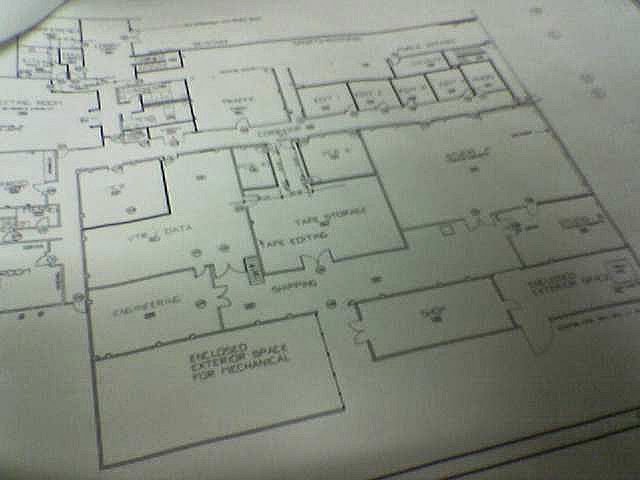 |
| Andy Smith, Flickr.com |
The owners developed the program and relied on us to create a setting that both supported informal social interaction to build community and accommodated the privacy and security needed for the two separate but synergistic uses to operate effectively. Together we reached out to the community to gauge interest in the neighborhood programs, expectations for the restoration and identification of neighborhood needs through a series of noticed meetings and focus groups including the family of the building’s well known architect- Paul R Williams. Bringing the building back to life and respecting the historic legacy was key to community acceptance.
The building is on a limited 17,214sf urban site of cultural significance. The context is a chronically underserved neighborhood with a demographic that has shifted from predominantly African American to Hispanic. The historic front entry of the structure forms a neighborhood porch where community kids gather and ice cream trucks pass while the new addition creates a less formal side entry to the housing units above. The existing historic building spawned an efficient urban strategy on a small vacant sliver of land on the back of the building to add square footage for new updated unit types while not triggering costly parking. The project demonstrates that it is possible to provide community amenity, and achieve good innovative architectural design compatible within the context of an historic building in a neighborhood of historic homes and streets.
To view this article online, click here.

No comments:
Post a Comment